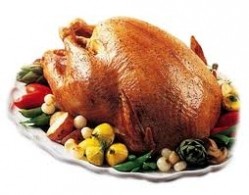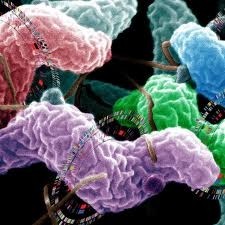Safety watchdog EFSA urges more turkey salmonella surveys

Improved surveillance would allow the authorities to gauge the incidence of human salmonellosis more effectively, said EFSA’s Panel on Biological Hazards. Many salmonella infections linked to turkeys may be mis-identified and, therefore, go unreported, warned the panel.
Based on the 5.4M cases of salmonella reported throughout the EU in 2010, the scientists used computer modelling to assess the relative risks from different food sources.
After using computer modelling to compare turkeys with other foods as sources of salmonella infection, the scientists concluded:
- 2.6% cases were attributable to turkeys,
- 10.6% were attributable to broilers.
- 17% were attributable to eggs from laying hens.
- 56.8% were attributable to pigs.
Table eggs
But the scientists found that the risk of infection was highest when consuming table eggs followed by the consumption of pig meat. That was based on considering the risk between turkey meat and the other three sources weighted by the tonne of food available for consumption.
The risks associated with broiler and turkey meat were similar and about two-fold lower, they added.
After reviewing scientific literature and the results of salmonella monitoring in turkey flocks, the scientists concluded “vertical transmission and hatchery acquired infection appear as most important sources for salmonella infection in fattening turkeys”.
Therefore controlling salmonella in breeding flocks as well as in rearing and fattening flocks is “necessary to minimise salmonella in turkeys at slaughter”, said the scientists.
Fattening flocks
They added: “Controlling the infection in breeders is necessary, but not sufficient to control salmonella in fattening flocks.”
To read the panel’s scientific opinion, click here.
About 200 people in England, Wales and Northern Ireland are infected with the Salmonella newport strain each year. There are about 2,500 different types of salmonella.
Meanwhile, last week, a report from consumer watchdog Which? revealed that one-in-five supermarket chickens was contaminated with campylobacter.
The Which? report tested whole chickens and chicken portions from nine supermarkets. Of the 192 samples, it found 18% to be contaminated with the bacteria, compared with a 65% contamination rate from a Food Standards Agency (FSA) report in 2009.
To read industry reaction to the Which? report, click here.
















